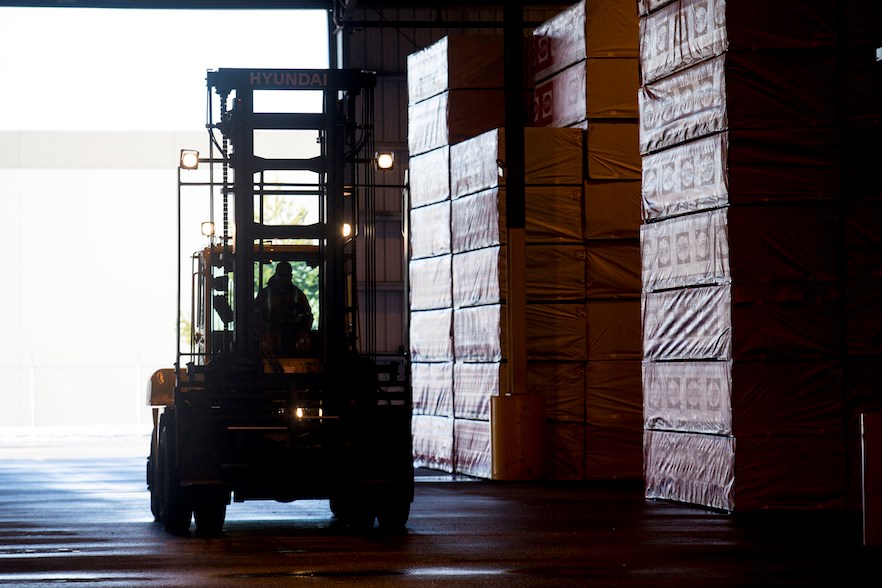Analysts at two of Canada’s largest commercial real estate firms are split on how COVID-19 will affect the industrial real estate sector.
Marcus & Millichap, in its report Coronavirus outbreak: implications for real estate, noted that history has shown that pandemics, while very scary, are fairly brief.
“Pandemic outbreaks such as SARS, the H1N1 “swine flu,” and the “avian flu” or “bird flu” short-term market instability that moved toward stabilization over the following three to six months,” the report stated.
It continued: “While the flow of goods from China may taper over the short term due to the shutdown of several Chinese factories, this poses little risk to industrial space demand. Western Canada port markets’ industrial vacancy rates remain exceptionally low and face modest development risk. Some companies may postpone commitments for large space blocks at major warehouse facilities as they cautiously monitor the economic outlook and await additional information on the supply chain outlook.”
However, Colliers International, in its recent COVID-19: Implications for Canadian real estate, warned that Canada’s industrial sector is expected to be heavily impacted by disruption in international supply chains.
“With China being the largest global manufacturer of components, the ripple effect of plant closures in the automotive, electronic and pharmaceutical industries has caused a severe disruption,” the report stated.
The situation has resulted in Port of Vancouver reporting an 85 per cent decline in volume of Chinese container shipments with 50 per cent fewer sailings. Logistic companies in Toronto have reported 60 per cent fewer inbound containers, Colliers noted.
Colliers advised industrial occupiers to assess their risk tolerance to determine inventory levels required to handle a potentially huge increase in shipments once the virus threat ends.
Occupiers may be required to restructure financials to allow for more liquidity and seek larger spaces to accommodate the extra inventory, Colliers noted.
Doing so could be challenging, given the historically low industrial vacancy rates in Canada’s major markets, with 0.4 per cent vacancy in the Greater Toronto Area and 1.2 per cent in Metro Vancouver.
“As supply returns to the market, industrial occupiers should capitalize on the demand opportunities to regain their lost capital,” Colliers recommended.



